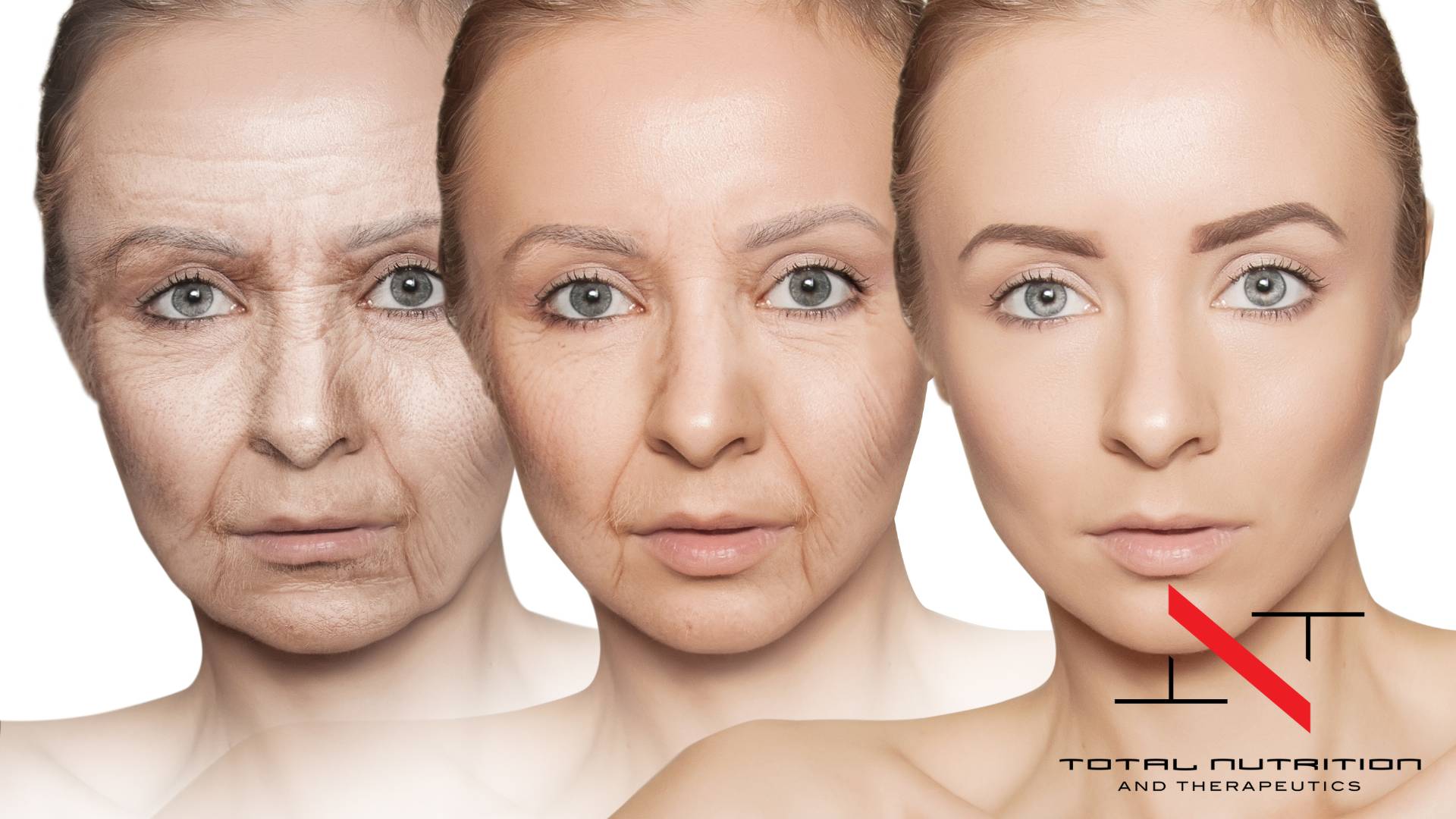Have you ever felt so passionate about what you do that it consumes you—mind, body,…

Understanding Erectile Dysfunction: Causes, Treatments, and the Power of Prevention
Erectile dysfunction (ED) is more than a performance issue—it’s often a critical signal of deeper health concerns. Affecting millions of men globally, ED is closely tied to cardiovascular health, hormone balance, stress, and aging. Whether it’s an occasional setback or a persistent issue, understanding the root causes and treatment options can lead to long-term improvements—not just in the bedroom, but across your entire health spectrum.
What Is Erectile Dysfunction?
Erectile dysfunction is defined by a man’s consistent inability to achieve or maintain an erection sufficient for sexual intercourse. A simple two-question screening tool—known as the SEP2 and SEP3—can help determine the presence of ED:
- Can you get an erection sufficient for penetration?
- Can you maintain that erection through orgasm?
If the answer is “no” to either question, even occasionally, it can be considered ED.
Types of Erectile Dysfunction: Psychogenic vs. Organic
There are two broad categories of ED:
1. Psychogenic ED
This type is more common in younger men and is often triggered by anxiety, performance pressure, or relationship stress. Indicators include:
- Morning or nocturnal erections are intact
- Normal erectile function during masturbation
- Anxiety or fear of sexual failure
Treatment often involves sex therapy, stress reduction, and sometimes low-dose daily Cialis to rebuild confidence and disrupt the “vicious cycle” of performance anxiety.
2. Organic ED
This form has a physical root cause and becomes more common with age. The key culprits include:
- Vascular issues (poor blood flow)
- Hormonal imbalances (e.g., low testosterone)
- Neurologic damage
- Medication side effects (like beta-blockers or anti-androgens)
- Penile trauma or Peyronie’s disease
The Role of Blood Flow and Venous Leak
A common early sign of organic ED is the inability to maintain an erection—often due to “venous leak.” This occurs when the penile blood vessels can’t trap blood efficiently, usually due to age-related atrophy or fibrosis of the penile smooth muscle.
To assess this, many physicians use a penile Doppler ultrasound. With a small injection of medication to induce an erection, clinicians can evaluate:
- Peak systolic velocity (blood inflow)
- End-diastolic velocity (venous outflow)
Low inflow or high outflow indicates a vascular issue, which may guide treatment.
How PDE5 Inhibitors Like Cialis and Viagra Work
Cialis, Viagra, Levitra, and similar medications fall under a class called phosphodiesterase-5 (PDE5) inhibitors. These drugs enhance the effects of nitric oxide, a molecule that:
- Stimulates blood vessel dilation in the penis
- Triggers blood flow into erectile tissue
- Maintains erections by increasing cyclic GMP
By blocking PDE5—the enzyme that breaks down cyclic GMP—these medications help sustain blood flow during arousal.
What Makes Cialis Unique?
- Longer half-life (up to 36 hours)
- FDA-approved for BPH (benign prostatic hyperplasia)
- Effective as a daily low-dose therapy (5 mg daily)
- Improves endothelial function and penile tissue health
In fact, daily Cialis has been shown to help prevent further erectile decline by supporting the health of penile smooth muscle. Think of it as physical therapy for your erections.
Lifestyle Changes That Reverse ED
Perhaps the most underrated but powerful intervention for ED is lifestyle modification. The connection between erectile health and cardiovascular health is strong—so strong, in fact, that ED is often the first warning sign of heart disease.
Key Lifestyle Strategies:
- Exercise: Improves blood flow and testosterone levels
- Mediterranean diet: Reduces inflammation and supports vascular health
- Better sleep: Supports hormone regulation
- Stress reduction: Helps regulate cortisol and emotional triggers
- Stop smoking: Dramatically improves vascular function
Clinical Evidence:
In a 2004 JAMA study, obese men placed on a diet and exercise program improved their erectile function significantly—even without any medication. This underscores the importance of addressing the root causes of ED, not just masking symptoms.
Testosterone, Aging, and Muscle Atrophy
Low testosterone is strongly associated with ED and penile tissue degeneration. Just as inactivity causes skeletal muscle atrophy, lack of erections—whether due to surgery, nerve damage, or aging—can lead to atrophy of the penile smooth muscle.
This is why men recovering from prostate surgery or dealing with age-related ED are often prescribed daily low-dose Cialis—not only for sexual function but to help maintain the health and function of the erectile tissue itself.
Is ED a Warning Sign of Heart Disease?
Yes. Numerous studies show that ED often precedes cardiovascular events. In one trial, 15% of men who developed ED went on to have a heart attack or stroke within 7 years. ED is often the first sign of endothelial dysfunction, a critical contributor to heart disease.
Risk factors shared between ED and heart disease include:
- Obesity
- High blood pressure
- Diabetes
- Smoking
- Sedentary lifestyle
Improving these risk factors can not only reduce the need for ED medication but improve overall vitality and longevity.
Advanced Treatment Options
In addition to medications and lifestyle changes, emerging ED treatments include:
- Shockwave therapy: Uses sound waves to stimulate blood vessel regeneration
- PRP (Platelet-Rich Plasma): Injected into penile tissue to stimulate healing
- Stem cell therapy: Experimental but promising for tissue regeneration
- Penile bands: Help trap blood flow for those with significant venous leak
- Penile prosthesis: For severe cases unresponsive to all other interventions
Final Thoughts: ED as a Gateway to Better Health
Erectile dysfunction is not just about sex—it’s a mirror reflecting your metabolic, vascular, and emotional health. While medications like Cialis and Viagra offer short-term relief, addressing the root causes through lifestyle, hormonal balance, and vascular health delivers long-term transformation.
If you’re experiencing symptoms—even mildly—don’t ignore them. ED may be the nudge your body is giving you to take your health more seriously. Contact our office today to see how we can help you with your ED issues.



